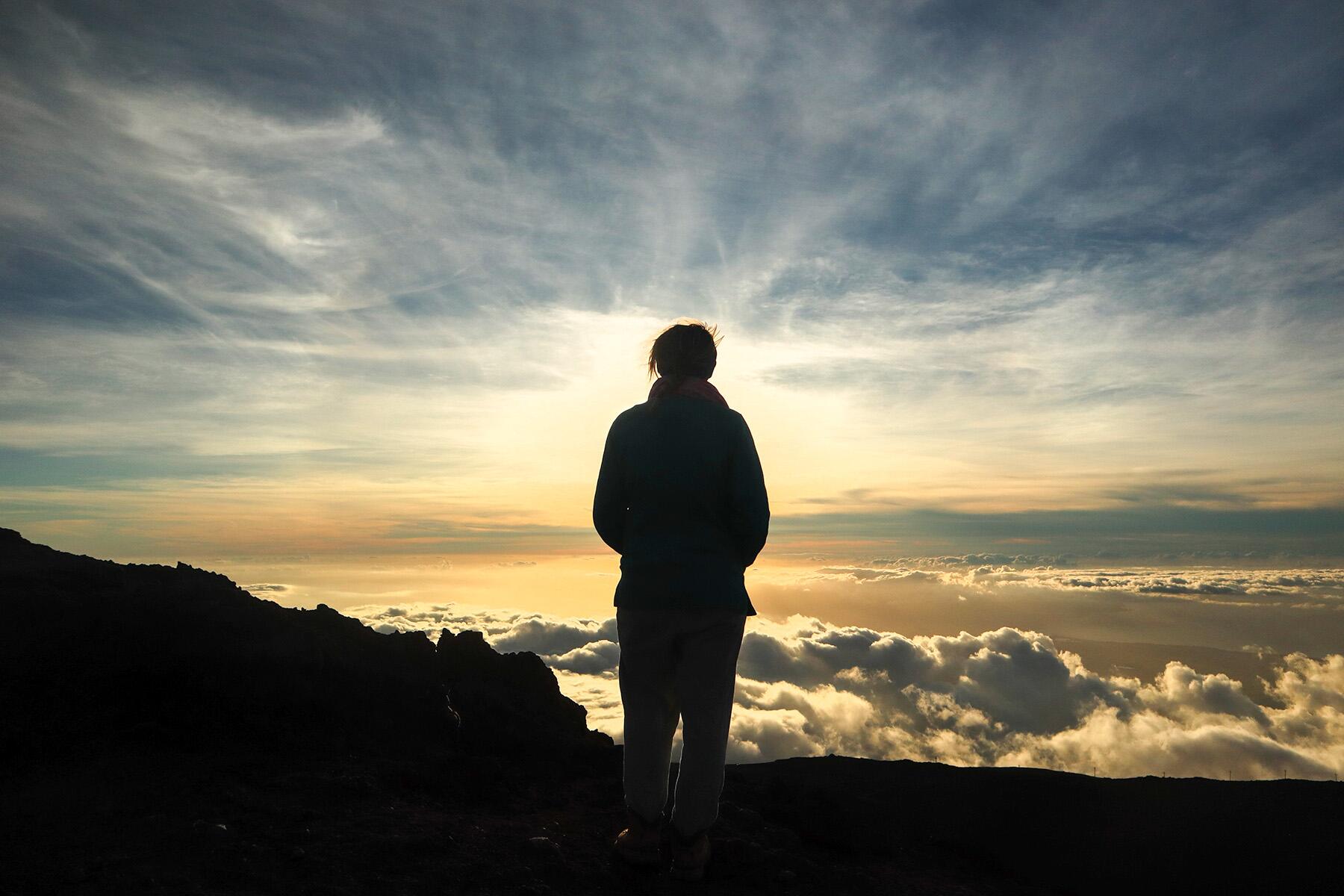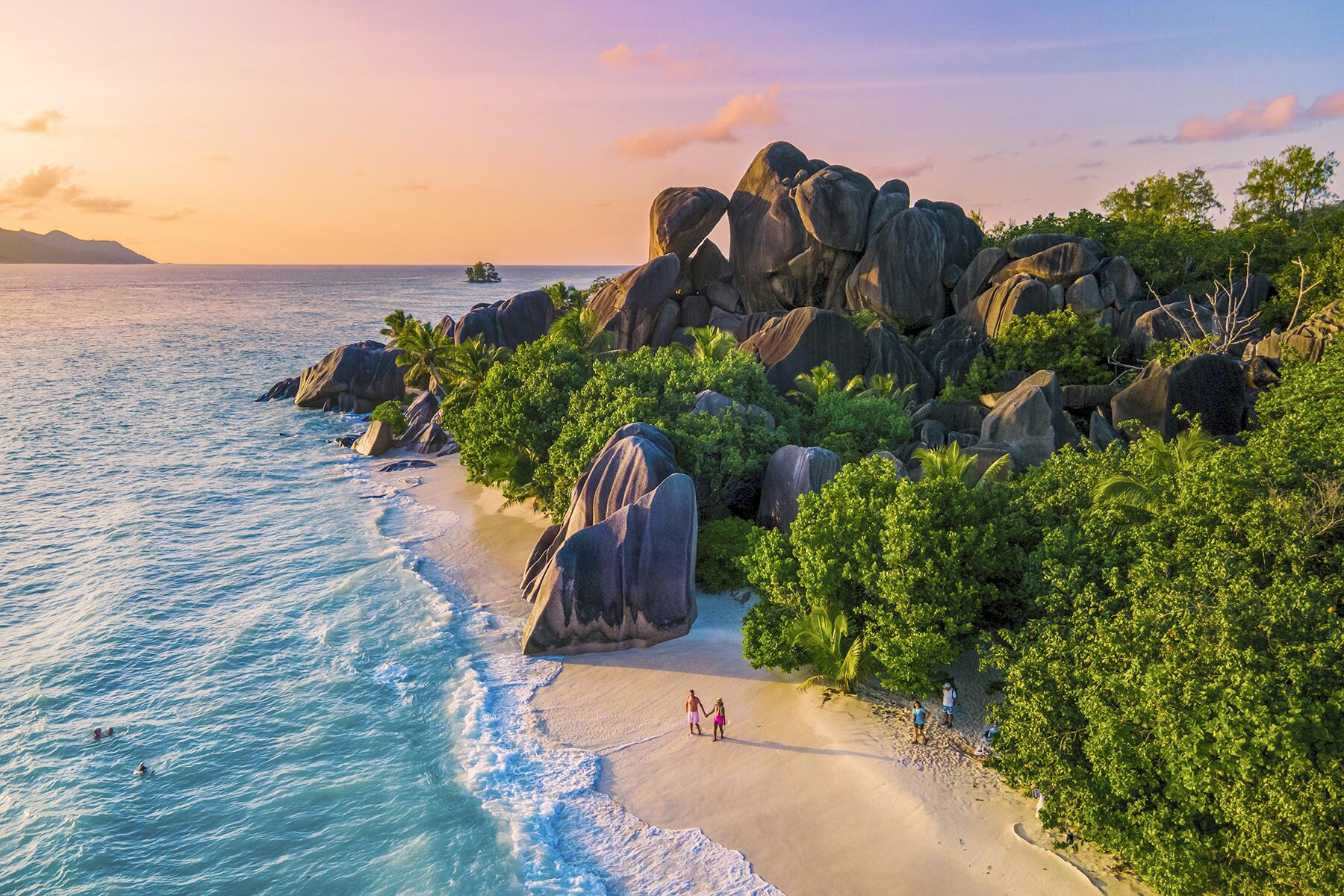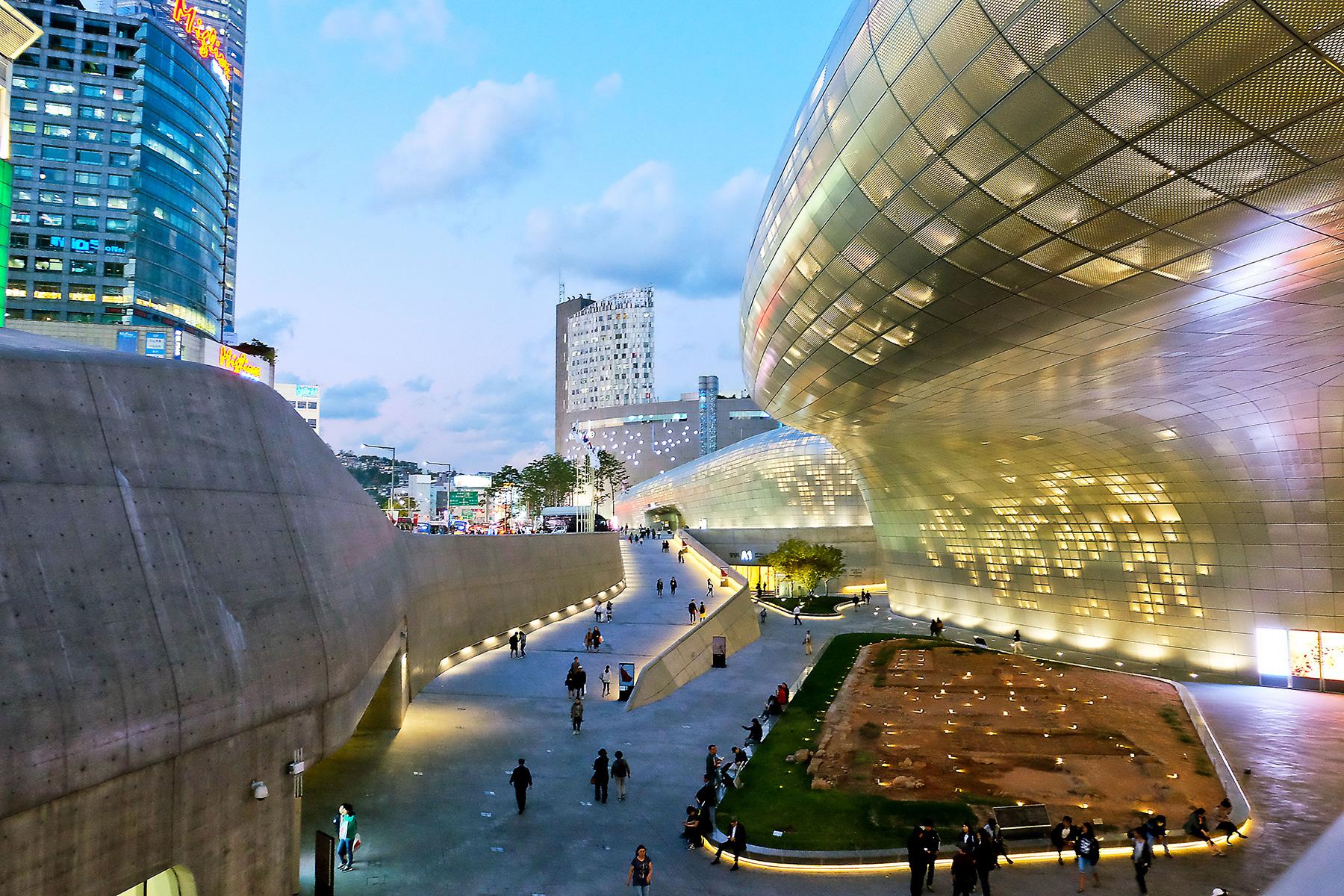How to explore in South Koreas capital city.
From throngs of candy-colored K-Beauty stores in buzzy, downtown Myeong-dong to the craft boutiques, historic buildings, and cheap street food in traditional Insa-dong, these 15 Seoul neighborhoods each offer a distinct glimpse into the beating heart of South Korea’s dynamic capital.
Hongdae
A lively university area filled with karaoke bars, cheap street food, and a rowdy nightlife vibe 24 hours a day, Hongdae is popular with college students and expats looking to let loose and have a good time. For a true Korean experience, head to Luxury Su, one of the city’s largest and most glamorous norae-bangs (singing rooms)—a must-do activity for any visitor to Seoul.
Itaewon-dong
Known as Seoul’s most international district, Itaewon is a favorite among expats looking for a taste of home. Mexican favorites with a Korean twist (think Kimchi nachos) can be found at Coreanos Kitchen, authentic southern pulled-pork sandwiches at Linus’ Bama Style BBQ, and traditional pub grub and ales at the Wolfhound Irish Pub.
Recommended Fodor’s Video
Yeonnam-dong
One of the city’s most up-and-coming neighborhoods, Yeonnam-dong centers around the newly built Gyeongui Line Forest Park, a sprawling green space lining a stretch of disused train tracks that formerly connected Seoul with Pyeongyang, North Korea’s capital. After a leisurely stroll through the park, grab a snack in celebrated SF Bagels, known for its finger-licking cinnamon rolls, or, for something more substantial, try Bistro Élève, where the model-turned-chef was a semi-finalist on MasterChef Korea.
Apgujeong-dong
Long considered the “Rodeo Drive of Seoul”, many of the city’s most luxurious shops and restaurants boast an address in Apgujeong, and the area is home to international labels like Gucci, Prada, and Chanel. The high-end Galleria Department Store is set in an architectural gem that glistens and glows, and is home to some of Korea’s largest luxury stores.
Bukchon Hanok Village
This quaint, traditional hillside neighborhood in northern Seoul is filled with the curved roofs and Zen-like lines of hanok, traditional houses that date back to the Joseon Dynasty. Many of the dwellings in Bukchon Hanok Village have been converted to guesthouses, teashops, or restaurants, and some are cultural centers offering traditional Korean activities such as calligraphy or knot tying. The juxtaposition between old and new here is notable, as the narrow alleys open onto views of the sprawling, futuristic metropolis below.
Insa-dong
Perhaps Seoul’s most tourist-filled neighborhood, Insa-dong is the place to go for traditional street food such as ojingeo twigim (fried squid) or hotteok (doughy pancakes filled with brown sugar). You’ll find an abundance of souvenirs like postcards and hand painted calligraphy, and activities like tea ceremonies and parades are frequent in this culturally rich area of central Seoul.
Myeong-dong
If you only have a few hours to explore, Myeong-dong provides the most bang for your buck. Filled with local and international fashion labels, a smattering of street food, and seemingly hundreds of K-Beauty Stores purveying skin-brightening serums and mask sheets made from snail mucus, Myeong-dong is a hodgepodge of both old and new Seoul. Quench all your beauty needs at Nature Republic, then grab a bite to eat at Myeong-dong Kyoja, a simple-yet-famous restaurant known for bibimkuksu (noodles with spicy pepper paste and sesame oil).
City Hall
The contrasts of old and new are readily apparent when admiring Seoul’s City Hall. The original government building from 1926 has been dwarfed by a new space age glass-and-steel structure, completed in 2013. Fronting the buildings is Seoul Plaza, which has become a popular event venue for concerts and performances. Some of the best views of City Hall can be enjoyed from The Plaza hotel, a thriving lunch and dinner spot—the popular Murasaki and Tuscany restaurants feature Japanese and Italian cuisines respectively.
Hapjeong-dong
A former dump next to the Han River in western Seoul, this area is now one of the city’s most popular foodie destinations. It’s here you’ll find Mangwon Market, an off-the-beaten-track open-air market selling all manner of kitchen utensils, clothing, and of course Korean street foods. It’s also where you’ll find one of Seoul’s best barbecue restaurants, Seo-Seo Galbi, known for tangy garlic, prime beef, and of course, a neverending supply of soju (Korean rice whisky)—one of the world’s most imbibed liquors.
Dongdaemun Market
Set around the 14th-century Heunginjimun Gate is Dongdaemun Market, known as Korea’s largest shopping district. Featuring 26 malls and 30,000 specialty stores—many of which are open 24 hours—the area is also home to the spaceship-like Dongdaemun Design Plaza. The landmark Zaha Hadiddesigned venue is dedicated to fashion and design, and houses a museum, exhibition space, and, you guessed it, more shops.
Sinsa-dong
If you can see beyond the throngs of selfie-taking teenagers, the tree-lined avenues, quaint cafes, and sophisticated boutiques in Sinsa-dong feel more like Europe than one of Asia’s most sprawling metropolises. Garuso-gil, Sinsa-dong’s most famous street, is the place to see and be seen, where a coffee will cost you $12 and there’s a good chance you’ll spot one of Korea’s up and coming celebs. Pop into Skin Food for a cucumber mask sheet, then head to the quirky Simone Handbag Museum to view a collection of purses dating from medieval times to the present-day.
Jamsil-dong
Sports enthusiasts will want to make their way south of the river to Jamsil-dong, where both the 1988 Seoul Olympic Stadium and the 2002 Seoul World Cup Stadium still stand. In addition to sports history, Jamsil-dong is also the location of Lotte World, one of Korea’s most beloved theme parks, and the recently completed Lotte World Tower. Housing a combination of retail space, a hotel, entertainment facilities, offices, and an observation deck, this super-tall skyscraper is now the world’s 5th-tallest building and an ultramodern addition to Seoul’s ever-changing skyline.
Songhyeon-dong
East of Gyeongbokgung Palace, this artsy, historic neighborhood is home to the National Museum of Modern and Contemporary Art, which features both Korean and global exhibitions. The area also houses a number of art galleries—ranging from sophisticated to quirky—displaying works by local artists. For a unique experience, stay at Rakkojae Seoul, a serene 130-year-old hanok-turned-guesthouse set amid bamboo and pine trees.
Cheong Gye Cheon Stream
The manmade Cheong Gye Cheon stream winds nearly seven miles through central Seoul and is a prime area for people watching. Featuring waterfalls, rock formations, and tranquil walking paths, if it wasn’t for the high-rises of Seoul soaring into the sky above, you may think you’ve accidentally wandered into the countryside. Grab an ice cream from one of the area’s many convenience stores, or watch Seoul go by from Tavolo 24, a bright, contemporary restaurant overlooking the stream.
Ewha Womans University Fashion Street
Next to the world’s largest female education institution is one of Seoul’s most famous shopping areas. Known for fast fashion, the narrow streets and alleys of Ewha Womans University Fashion Street are filled with colorful stalls selling the hottest trends in clothing, shoes, and accessories, and it’s here where young and fashionable Seoullites head to get those latest trends at the lowest prices. Enthusiastic young designers have also set up shop, and offer everything from simple alterations to bespoke clothing.




